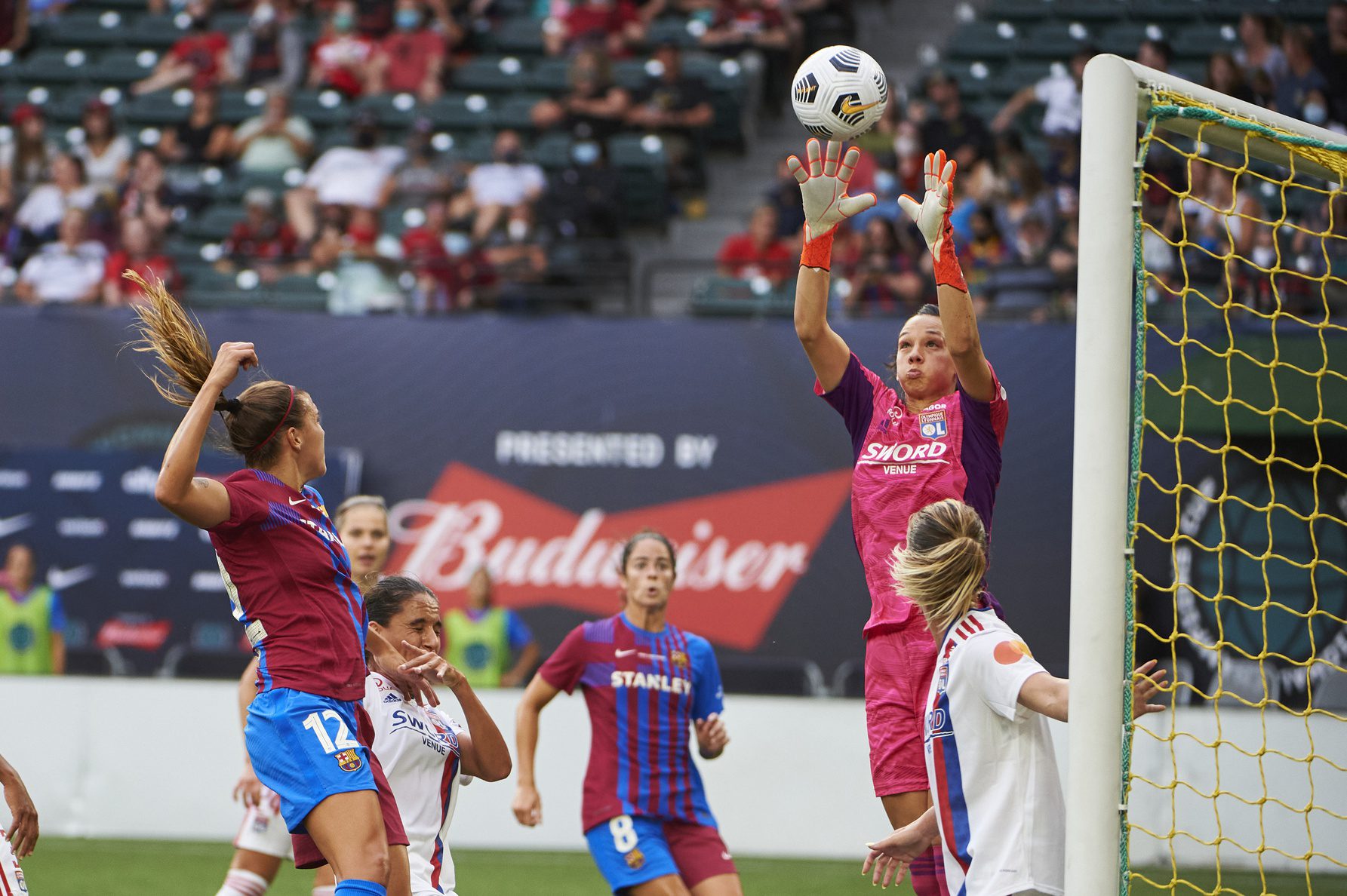The growth of women’s soccer in Spain’s La Liga has been nothing short of revolutionary in recent years. The journey from obscurity to prominence has been marked by determination, skill, and an unwavering passion for the beautiful game. This article explores the remarkable ascent of women’s soccer in Spain’s top league, highlighting key milestones and the factors driving this explosive growth. Lace up your boots and join us on the pitch as we kick off our exploration of this inspiring transformation in Spain’s Womens Soccer Revolution!
From Grassroots to Greatness: The Foundation of Success
In the early days of women’s soccer in Spain, the game was barely a blip on the national radar. Players competed on poorly maintained fields, often with mismatched uniforms, and in front of sparse crowds. However, the talent and dedication were undeniable. The turning point came in 2015 when the Royal Spanish Football Federation (RFEF) took a crucial step by establishing La Liga Femenina as a fully professional league.
This move echoed a global trend in women’s soccer development. As noted in the article “The Growth of Women’s Soccer” by Knup Sports, the increased investment and professionalization of women’s leagues worldwide have been key drivers of the sport’s growth (Knup Sports, 2023). In Spain, this meant better training facilities, improved coaching, and most importantly, the ability for players to focus on soccer as a full-time career.
The impact was immediate and profound. Players stepped onto pristine pitches in state-of-the-art stadiums, wearing professionally designed kits. It wasn’t just about the material improvements; it was a statement that female athletes deserved the same respect and opportunities as their male counterparts.
Breaking Barriers: Challenging Perceptions and Gaining Recognition
As the quality of play in La Liga Femenina improved, so did public interest. Matches that once drew only friends and family began attracting thousands of spectators. The 2019 match between Atlético Madrid and Barcelona at the Wanda Metropolitano stadium, which set a world record for attendance at a women’s club match with 60,739 fans, was a watershed moment.
The battle for recognition extended beyond attendance figures. Players fought hard to change perceptions about women’s soccer, consistently demonstrating high levels of skill, strategic play, and goal-scoring ability on the pitch.
Media coverage played a crucial role in this shift. When major broadcasters began televising matches and sports publications started featuring women’s soccer prominently, it legitimized the sport in the eyes of many. This increased visibility not only boosted fan engagement but also attracted sponsors, creating a positive cycle of growth and investment.

Rising Stars: The New Face of Spanish Soccer
The improved infrastructure and increased visibility of La Liga Femenina have nurtured a new generation of talent. Players like Alexia Putellas, Jennifer Hermoso, and Aitana Bonmatí have become household names, not just in Spain but globally. Their success on both the club and international stage has inspired countless young girls to pursue soccer as a serious career option.

The level of skill, tactical awareness, and physical fitness in the league today is leagues apart from where it was just a few years ago. The Spanish national team’s recent successes, including reaching the quarterfinals of the 2019 FIFA Women’s World Cup, are a testament to the strength of the domestic league. They then went on to win the 2023 FIFA Women’s World Cup for the first time in history!
Moreover, Spanish clubs have started making waves in European competitions. Barcelona Femení’s UEFA Women’s Champions League victory in 2021 was a monumental achievement that put Spanish women’s soccer firmly on the global map. This success filled players and fans alike with an indescribable sense of pride and possibility.
The Road Ahead: Challenges and Opportunities
While the progress of women’s soccer in Spain has been remarkable, significant challenges remain. The wage gap between male and female players is still substantial, and some clubs continue to struggle with inadequate resources. However, the trajectory is undeniably positive.
Recent developments, such as the RFEF’s decision to invest €14 million annually in women’s soccer starting from the 2019-2020 season, indicate a strong commitment to the continued growth of the sport. This investment covers various aspects, from improving league structures to supporting player development programs.
Players are acutely aware of their role in shaping the future of women’s soccer in Spain. Every match is an opportunity to showcase skills, inspire the next generation, and push for further progress. The dream of achieving parity with men’s soccer in terms of resources, recognition, and respect may still be distant, but it no longer feels impossible.
The rise of women’s soccer in Spain’s La Liga is a story of perseverance, talent, and changing societal attitudes. From humble beginnings, Spain has built a league that now stands as one of the best in the world. As we look to the future, the potential for further growth is enormous. With continued investment, support, and the undeniable passion of players and fans alike, women’s soccer in Spain is poised to reach even greater heights in the years to come.









